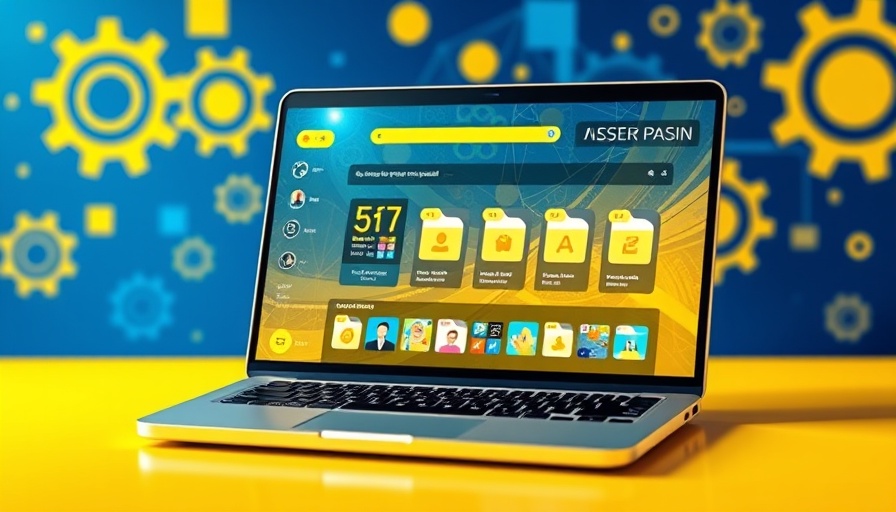
The Crucial Distinction Between B2B and B2C Sales
Understanding the distinction between B2B (Business-to-Business) and B2C (Business-to-Consumer) sales strategies is vital for any business owner looking to maximize revenue. In essence, the decision-making process in B2C is often spontaneous and emotionally driven, while B2B involves a thorough, logic-based evaluation initiated by multiple stakeholders. This disparity impacts everything from marketing techniques to customer interaction and sales tactics, demanding a tailored approach for each.
Navigating Price Points: Why Size Matters
When it comes to pricing structures, B2B transactions typically yield much higher amounts than B2C sales. For example, while buying a new car is a significant purchase for a consumer, B2B deals, especially in sectors like software or industrial services, can reach into the multi-million dollar range. This variation necessitates different approaches; B2B strategies must cultivate relationships and provide information that nurtures leads over time, leveraging content marketing to earn trust and build consensus among decision-makers.
Understanding the Sales Cycle: From Instant Gratification to Long-Term Engagement
A major hallmark of B2C sales cycles is their speed; however, as consumers become more educated and research-oriented, their own purchasing processes are lengthening. Contrarily, B2B sales cycles can stretch for months or even years depending on the complexity of the product. Businesses often enter the purchasing process with a significant amount of pre-research completed, meaning the sales team has limited opportunities to sway their choices. Here, lead nurturing is crucial, providing continued value through tailored content and ROI calculators that help guide prospects toward decisions.
Emotional vs. Rational Sales Tactics: The Balancing Act
The emotional element cannot be understated in B2C sales. Marketers who create compelling narratives can trigger strong consumer reactions that lead to conversions. Conversely, B2B sales often rely on rational responses where facts, figures, and return on investment are the primary drivers. Salesforce.com’s Marc Benioff serves as an example of merging these paradigms; by appealing to emotions while also showcasing the financial benefits of cloud computing, he successfully engaged business clients. This duality highlights the need for flexibility, where understanding the audience's mindset can inform a more effective sales strategy.
Actionable Insights: Tailor Your Approach
The best strategies aren’t one-size-fits-all. Armed with the knowledge of differences between B2B and B2C sales, business owners can shift their methods to better align with their target markets. For those venturing into B2B territory or aiming to refine operations, considering factors such as sales cycle length and the emotional element of branding can lead to meaningful enhancements in performance.
Decision Time: What This Means for Your Business
Armed with insights about B2B and B2C strategies, it’s time to move forward! Consider integrating sales automation tools and leveraging CRM systems that can customize the sales process to meet the varying needs of your clients. Don’t just think about making a sale; think about how to nurture that relationship long-term.
 Add Row
Add Row  Add
Add 



Write A Comment